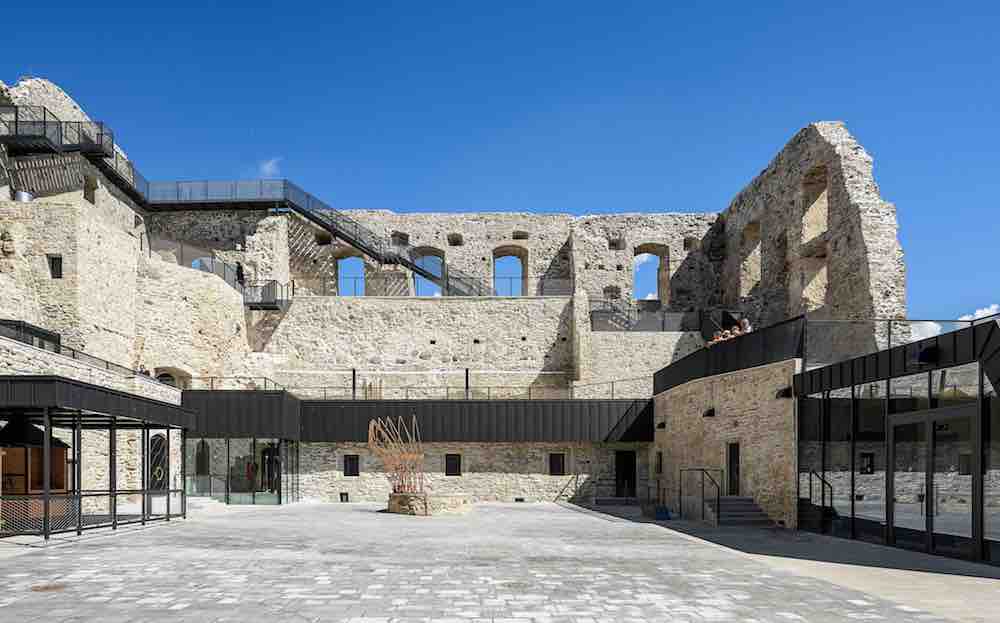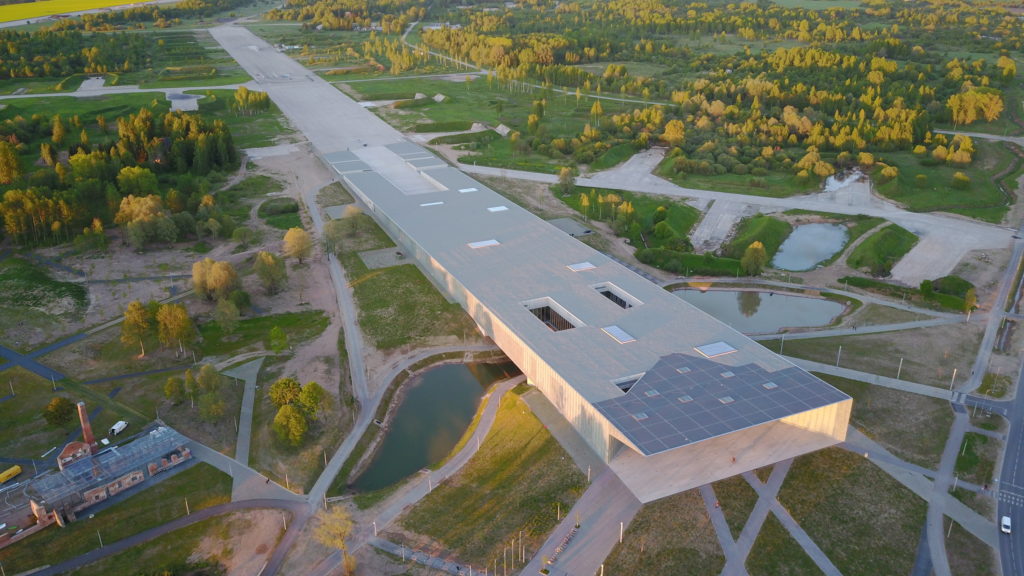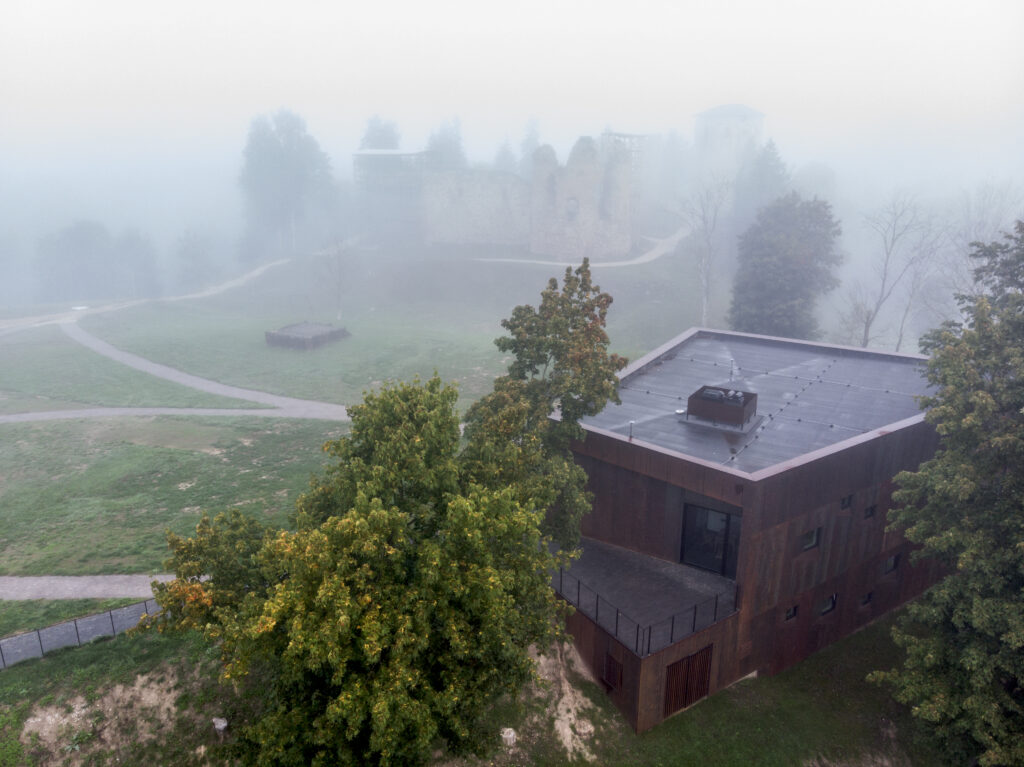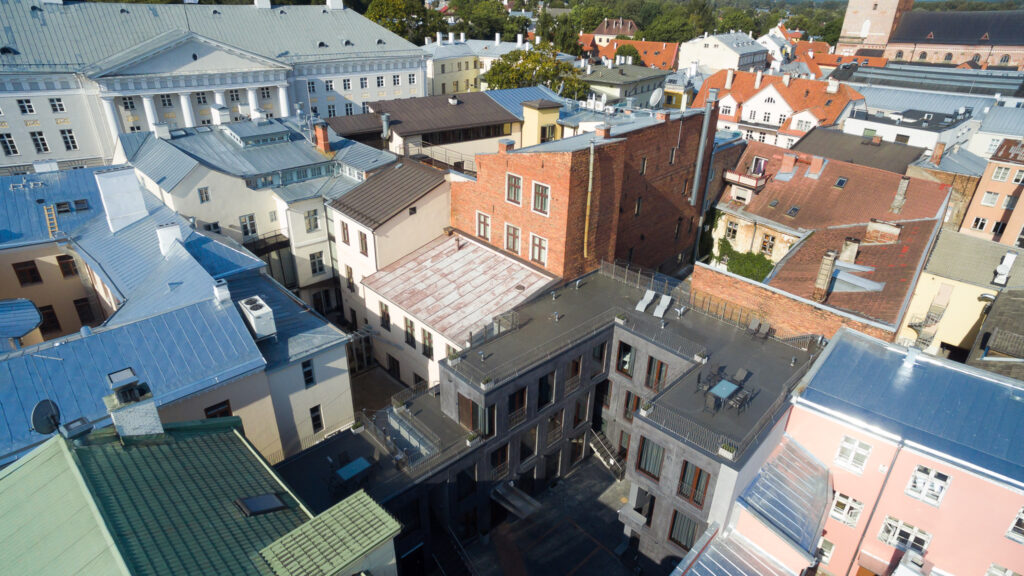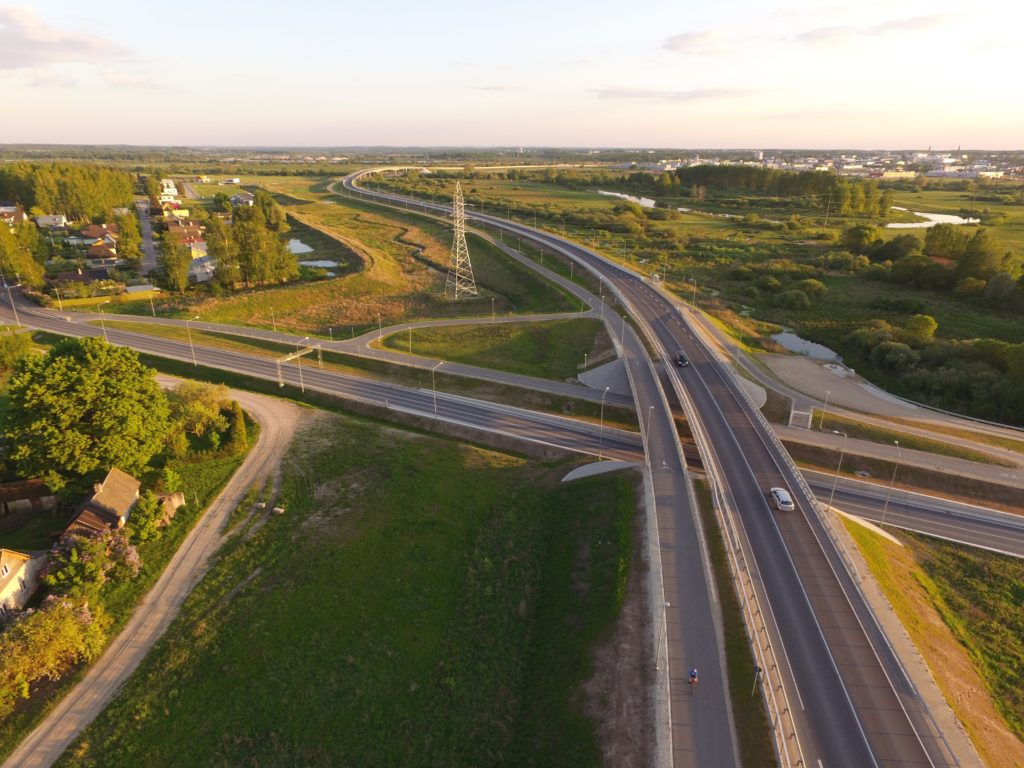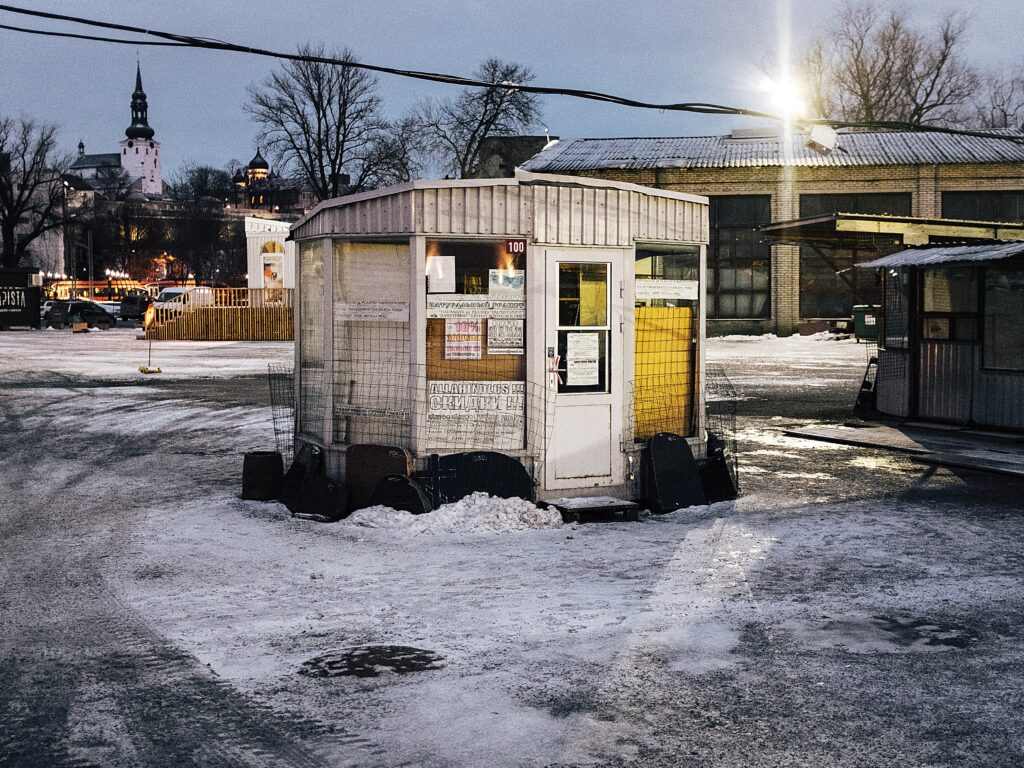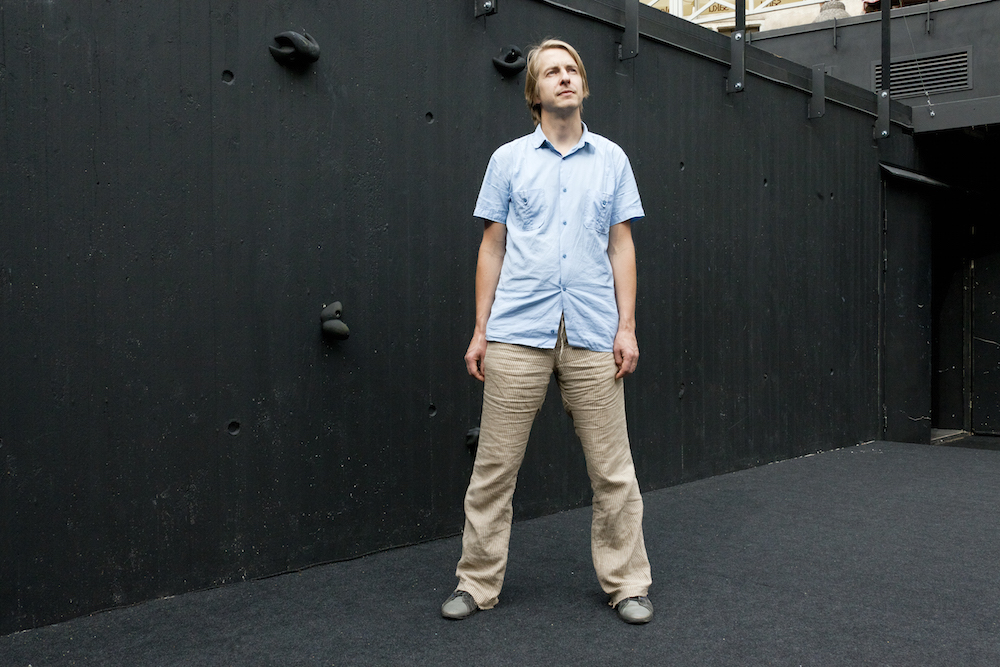The stories we have heard ever since the beginning of the century about the merchandising of museums and the transformation of all culture into an unending festival are greatly exaggerated. The new cultural buildings are good examples of state-commissioned public spaces that are quite self-aware with no desire to go along with the general trends of commercialisation.
Andres Sevtsuk is a Professor of Urban Science and Planning at the Department of Urban Studies and Planning at MIT, where he also leads the City Form Lab. Maroš Krivý is a professor of Urban Studies at the Estonian Academy of Arts.They shared their insights on current state and challenges of Estonian architecture.
The pilgrims’ house and theme park give an overview of the medieval pilgrimage traditions and provide various attractions but fail to discuss the deeper layers related with travelling that the architecture of the building has considerable potential for.
In recent years, environmentally sensitive apartment buildings have been constructed in Tartu city centre that timidly yet vigorously test the boundaries of the current way of life.
How to plan and design the city and public space in a situation where every owner of even a tiniest land parcel has its own interests and every public authority or private company has its own needs? How can it be done if every city department has its own concept of urban planning, if architecture and engineering firms expend all their efforts simply keeping their head above water?
This issue of Maja focusses on infrastructure, first and foremost on the architecture of street space. Good architecture creates unity, is capable of solving problems and enables what at first appear to be conflicting interests to be realised. Connections that go unmade in a[n urban] space are like missed opportunities.
European Union assistance has had a very strong influence on the appearance of Estonian towns, villages and landscapes in the last decade. Much has been done, but the real question is what has been done, and how. At the start of the previous European assistance period, local governments were encouraged to be active in asking for support. Something akin to a mentality became widespread: if money is being handed out, it has to be accepted and spent.
How can human well-being and cognitive processes benefit from evidence-based design? We discuss it on the example of teaching and research facility in the Delta Centre of Tartu University and the creative house Vita of Tallinn University.
Stubborn spaces also have their charm. Alone or better yet collectively, the given disruptions in the harmony yield fascinating results for people interested in the urban space.
The decisions regarding built environment and living environment have a highly extensive and long-term effect and they are often accompanied also by considerable expenses. Therefore, it is important to increase assurance that the choices made are at a high level and in keeping with the long-term goals.

